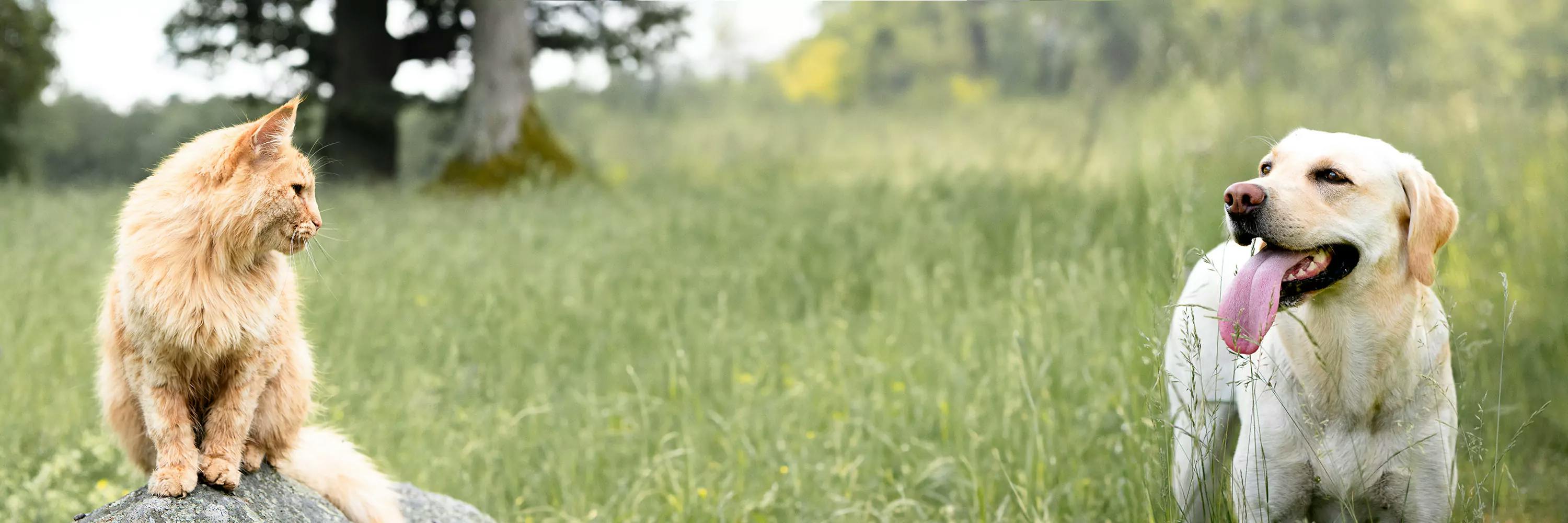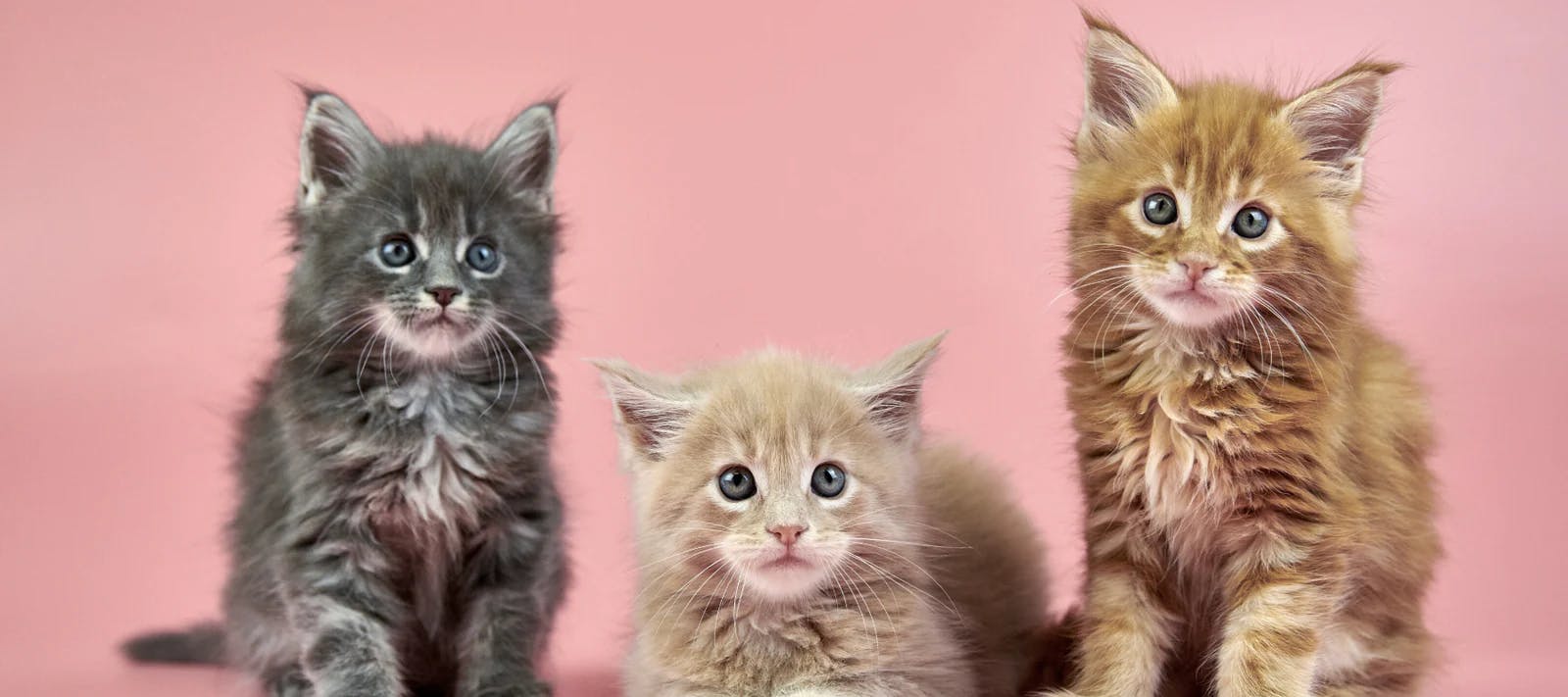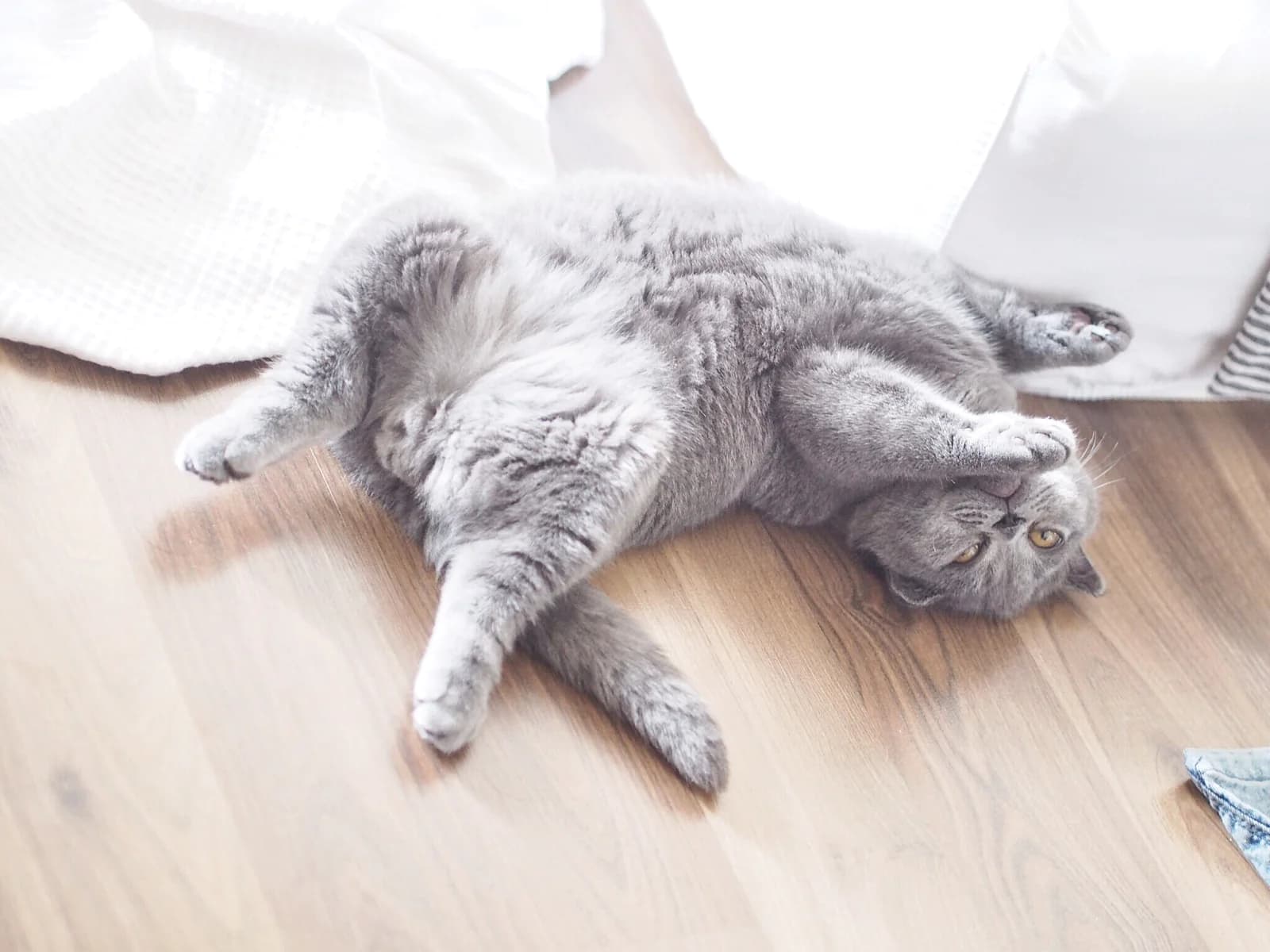Active location:
Select your country:

How long is a female cat pregnant?
Seeing a litter of kittens come into the world is a magical experience. Small, squirming balls of fur peek out one by one, are washed clean by their mother and tentatively crawl around to find the nutritious milk. Quickly, they settle down to nurse and silence settles in, as both the new mother and the new lives relax. But before that, when does the journey start?
How long is a cat pregnant?
A cat is normally pregnant for 65 days from mating and thus fertilization. This corresponds to just over 9 weeks. This can vary slightly between cats, in the range of 60-71 days.
How do you know if the female cat is pregnant?
During the first few weeks, it can be difficult to know for sure whether the female cat is pregnant or not - it is not possible to know with a urine sample as with humans. After about 3 weeks, you usually start to see the first signs, when the teats become swollen and pink. The cat's behavior may also change, such as a change in appetite, becoming more cuddly or seeming restless. During the second half of pregnancy, the stomach begins to grow, and the last weeks you can feel and sometimes see fetal movements.
Around 4-5 weeks, the pregnancy can be confirmed with an ultrasound, and around 7 weeks, the number of kittens can be counted on an X-ray.
What are the nutritional needs for a pregnant cat?
When the cat is pregnant, her need for fat and protein increases. When she begins to produce milk, this also results in an increased need for minerals in the diet, especially calcium. Foods adapted for pregnant and lactating female cats are designed according to these special nutritional needs.
The female cat's need for energy varies depending on factors such as how many kittens she has, how far along in pregnancy she is and how much milk she produces. During the first 4 weeks of pregnancy, she has approximately the same energy needs as usual, and therefore does not need an increased amount of feed as long as she does not lose weight.
During the last five weeks of pregnancy, the cat's energy needs increase by approximately 25-50%. The kittens can take up a lot of space in the stomach, which can cause the female to lose her appetite and easily cause her to vomit if she eats too much at once. Then she may need to be fed several times and in small servings.






